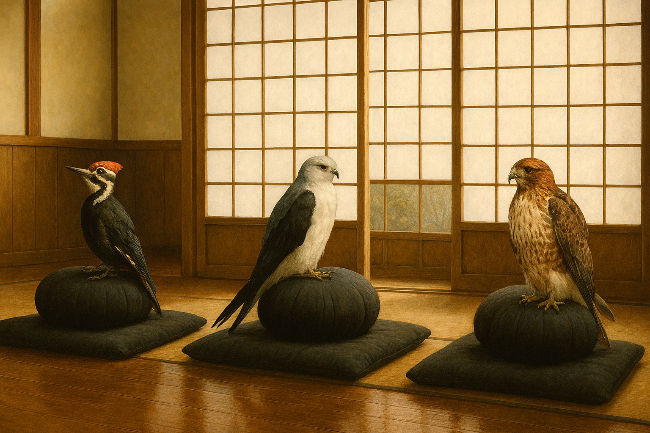Collaboration is Everywhere!
- LoraKim Joyner
- May 31, 2022
- 2 min read
Updated: Feb 11, 2023

Gobi and shrimp helping each other out - The shrimp builds and maintains a burrow that both animals live in, and the fish offers the shrimp protection from predators*
Some days one finds oneself telling the same story over, and over again…
The earth is dying,
Humans are selfish and only care about themselves
Humans are incapable of working together across differences
Today, for one day, let’s reflect together on a different story….
Collaboration across different individuals is rampant among species on this planet.
Humans are capable of incredible acts of cooperation, kindness, and compassion.
The earth is being reborn constantly.
There are multiple examples of collaboration among different species. Think of each time you see small birds mobbing (chasing or dive bombing) a predator bird, such as a hawk. Each individual is attempting to drive away the danger, not just for themselves or their nest, or even for their own species, but for all the species the predator threatens.

Western kingbird attacking a red-tailed hawk**
Flocks of mixed species of birds forage for food and defend territories together, sometimes in alliances that last for years. In one study, two different species of fairy-wrens in Australia, the variegated and splendid fairy-wren, not only worked together with the other species, but also with specific individuals of the other species.

Splendid fairy-wren
Humans, too, can cooperate with other species. There are many instances involving birds. In Africa, the honeyguide bird actively looks for human partners to help them locate and extract honey, and humans use special calls to solicit the aid of this species.
One recent example of humans working with birds is the story of Rojito in Paraguay. Rojito, a red-and-green macaw, was sick as a chick and had to be removed from her wild nest to ensure her survival. To become competent as a free flying macaws, juveniles often stay with their parents for months, and indeed continue to learn until they are ready to be parents themselves at about five years of age. But Rojito isn’t with her parents, but is instead with a human volunteer, Pamela, who is dedicating months to Rojito’s adaption into the wild. Slowly, but surely, Rojito is gaining independence thanks to Pamela, and thanks to our team in Paraguay.
Those who support One Earth Conservation are also showing collaboration and cooperation. Every donated resource is channeled into helping multiple other species and in this way every dollar becomes a commitment and a prayer that life on Earth can be regenerated, and always has been, through multiple species relationships.
Thank you one and all!
*Credit and link: *https://upload.wikimedia.org/wikipedia/commons/9/9e/Gobi_and_shrimp.jpg, https://www.flickr.com/people/11076453@N00
**Credit and link: https://www.flickr.com/photos/21085902@N08/, https://www.flickr.com/photos/21085902@N08/9330376283




Comments